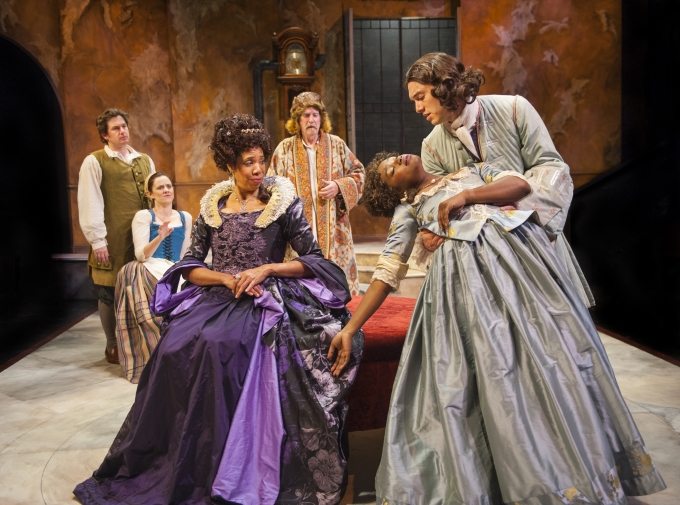By Charles Brousse
We are currently nearing the end of the monthlong “quiet time” for producers of live theater, an important transition point in the annual schedule. Holiday-themed shows have closed and attention is now focused on the 2016/2017 season’s second half that begins in early February. That being the case, I thought it would be interesting to use the gap in activity to offer some thoughts about the responses I’ve had to my recent listing of the 10 best Bay Area shows I reviewed in 2016.
Along with the appreciative notes (thank you!) were some that were not so enthusiastic. A few readers took me to task because (according to them) after I expressed doubts about the utility of these year-end rankings, I let myself be pressured into following the consumer-driven herd. Apparently, my disavowal of pressure and explanation that I had come around to recognizing that these lists benefit the ticket-buying public looking for clues about where to spend their money, wasn’t entirely convincing. What I left out was the value to the companies whose appearance among the chosen few enhanced their brand, while those left off were encouraged to improve their product. Even in the arts, a little competition can be a positive force.
The second area of questioning is a bit more difficult to address. “Who do you think you are—God?” one reader wrote. Several wanted to know why their personal favorites weren’t included.
Up to a point, I can agree with their skepticism. The decisions were mine alone. I didn’t poll anybody or consult the reviews of other local critics until after my own were on their electronic way to my editor’s desk. The truth is that arts criticism of any kind, including theater, is inherently subjective. Something that seems brilliant to me may be considered a dog by another viewer, or vice versa.
That doesn’t mean, however, that all views are equal. I think that an opinion by someone who has a historical perspective and has developed guideposts that inform his/her judgments is a more reliable gage of quality than a multitude of random observers—although that doesn’t always mean that the public at large will see it that way.
So, in the interest of transparency, here in brief is how I go about the process of evaluation. My starting point is Mark Twain’s comment back in 1913 that when it comes to literature, the ideal was “a good story, well told.” Seems to me that applies to theater as well. A “good story” has an interesting premise, a beginning, middle and end, and an engaging group of characters that an audience can relate to. It should be funny if a comedy and moving if a drama—although the two forms frequently intertwine.
The “well told” part has a number of elements to consider. On one hand the playwright is responsible for structure and text, especially avoiding the pitfall of using the characters as mouthpieces for the author’s personal interests or beliefs, a practice that usually dilutes the underlying story.
The director, cast and technical staff (lighting, scenic design, props, costumes, sound and video) make up the other half of the storytelling team. Each has a role to play that is similar to the conductor and individual instrumentalists in a symphony orchestra.
I know all of this sounds pretty self-evident, but it’s amazing to me how rare it is that what I call the “complete package” is realized. The plays listed on my Top 10 list are those that I thought came closest to the goal. Often, there was a good idea, but a weak production. Sometimes it was the other way around.
The bottom line is that none of the criteria mentioned can be measured by a computer program. As I said in the beginning, it’s a subjective judgment call. That being the case, if you’re looking for guidance, find a critic or other knowledgeable person. If he or she seems to know what they’re doing, that’s great. If you agree with him or her, that’s even better.











